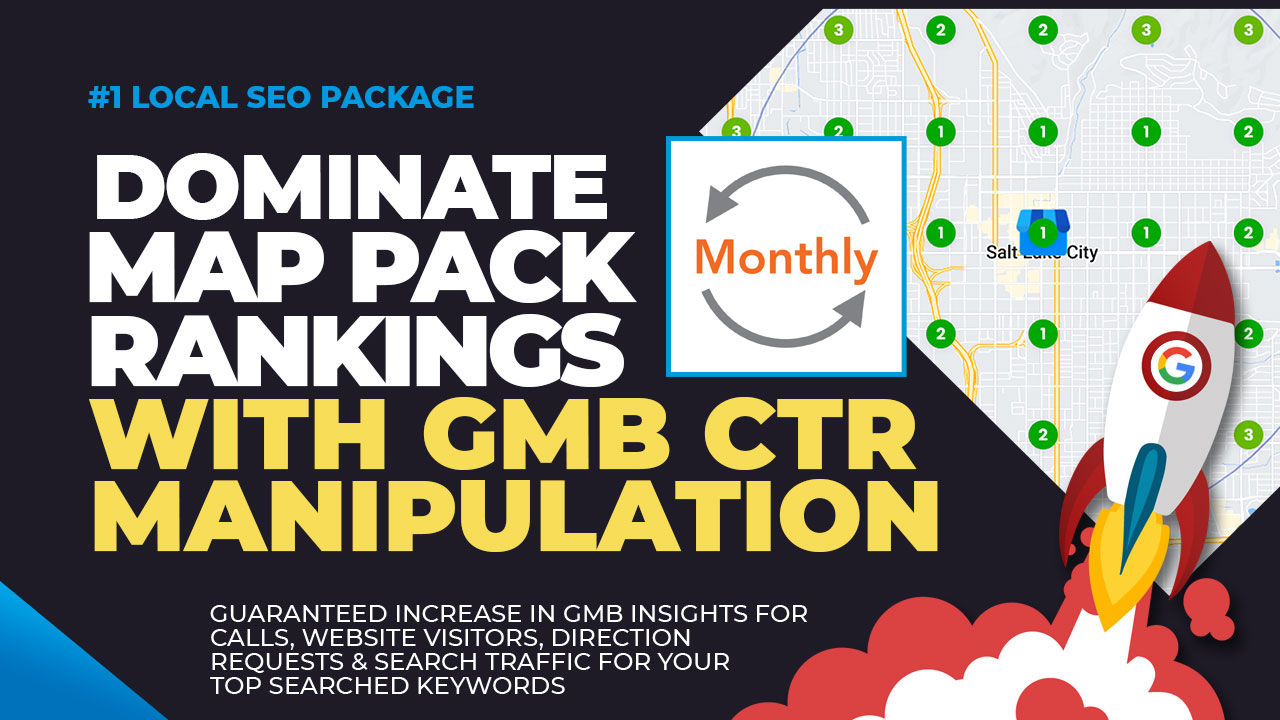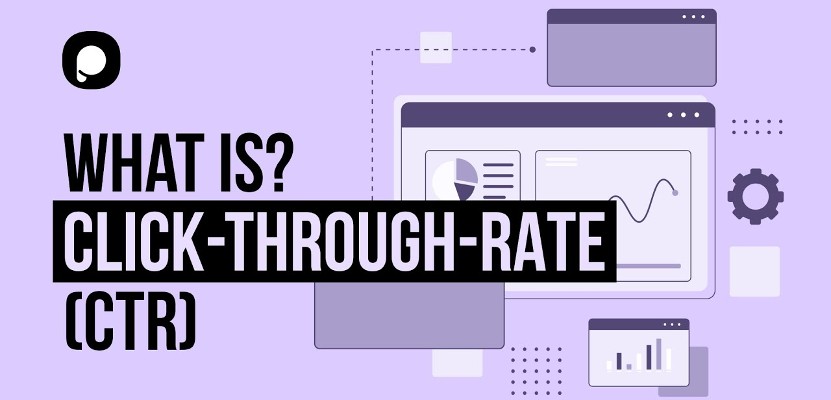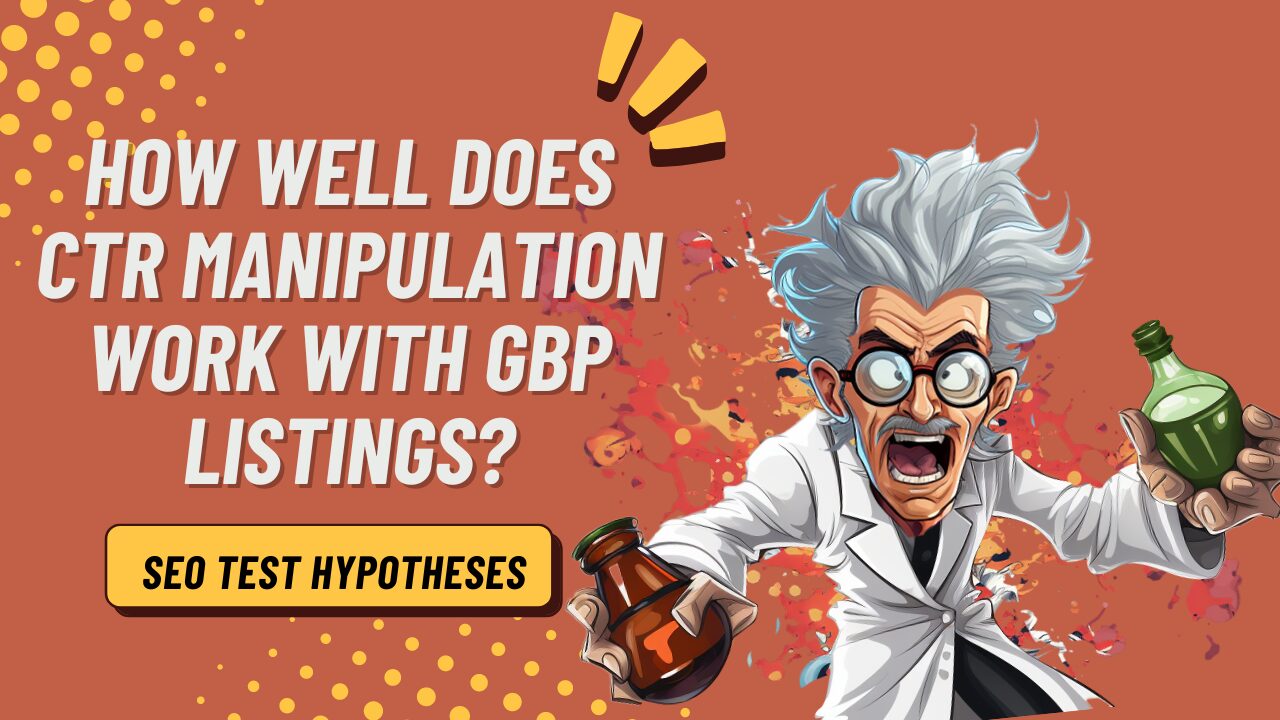Elevate Your Organization Presence with Our CTR Manipulation Service
Elevate Your Organization Presence with Our CTR Manipulation Service
Blog Article
Optimizing Organic Click-Through Fees With CTR Manipulation
The optimization of organic click-through prices (CTR) is a nuanced endeavor that pivots on comprehending both individual psychology and reliable material presentation. The landscape is rife with misunderstandings and oversimplifications concerning what really drives CTR.
Comprehending Click-Through Fees
Comprehending click-through prices (CTR) is necessary for evaluating the effectiveness of online advertising and marketing approaches. CTR measures the portion of customers who click on a particular web link or promotion contrasted to the overall variety of customers that see it. A greater CTR shows that the content is engaging and appropriate to the target market, while a lower CTR might indicate a requirement for optimization.
To compute CTR, divide the variety of clicks by the number of perceptions and increase by 100. For example, if an advertisement gets 300 clicks out of 10,000 perceptions, the CTR would be 3%. This metric is critical for assessing different elements of electronic advertising, consisting of seo (SEO), e-mail projects, and social media marketing.
Moreover, analyzing CTR aids marketers recognize which strategies yield the ideal results and which need improvement. By concentrating on boosting CTR, businesses can improve their material's visibility and efficiency, bring about raised website traffic and potential conversions. Recognizing the subtleties of CTR is fundamental for any kind of marketing professional intending to optimize their on-line presence and make best use of roi (ROI)

The Psychology of Individual Actions
Individual actions is dramatically influenced by mental factors that dictate just how individuals communicate with online material. Comprehending these aspects is necessary for maximizing click-through rates (CTR) in organic search results. Cognitive predispositions, such as the anchoring effect, play a vital function fit customers' perceptions. When customers run into info, their first impacts can greatly influence their succeeding judgments concerning relevance and trustworthiness.
Psychological reactions likewise dramatically impact individual behavior. Web content that resonates emotionally can cause a feeling of urgency or interest, prompting customers to click. In addition, social evidence-- such as individual testimonials or rankings-- can boost trust and motivate involvement, as people commonly look to the behaviors of others to notify their very own decisions.
Additionally, the principle of shortage can drive clicks - LinkDaddy CTR Manipulation. Limited-time deals or exclusive material produce a fear of losing out (FOMO), compelling users to act swiftly. Comprehending these psychological vehicle drivers allows marketing experts to create even more compelling material that resonates with their target audience
Effective CTR Manipulation Techniques
Leveraging psychological insights can dramatically enhance click-through prices (CTR) via targeted manipulation methods. One of one of the most efficient methods is the use of compelling headlines that stimulate interest or seriousness. Wording titles as concerns or including numbers can draw in even more focus, prompting customers to click.
An additional technique involves maximizing meta descriptions to create a sense of relevance and immediacy. By plainly detailing the advantages or services offered in the content, you can involve potential viewers and encourage them to click. In addition, utilizing power words-- such as "unique," "confirmed," or "free"-- can boost the charm of your content.
Aesthetic components likewise play a vital function. Integrating eye-catching photos or thumbnails can attract users in and enhance CTR. A/B testing various visuals can aid determine which images reverberate finest with your target market.
Finally, guaranteeing that your content guarantees deliverable value brings about higher CTR. When customers view that clicking will certainly supply them with meaningful understandings or solutions, they are more probable to involve. By employing these methods attentively, marketing professionals can efficiently control CTR to their benefit while preserving moral standards.
Typical Misconceptions About CTR
A number of misconceptions surround click-through prices (CTR) that can lead marketers to make misdirected choices. One widespread myth is that a higher CTR constantly converts to better performance. While a high CTR recommends that even more customers are clicking, it does not guarantee conversions or sales. Eventually, the performance of traffic depends upon the high quality of the touchdown web page and the relevance of the material.
An additional typical idea is that read what he said CTR is an isolated metric. In reality, CTR should be assessed together with various other efficiency signs, such as bounce rate and conversion rate, to gain a holistic sight of project success.
Furthermore, some online marketers assume that optimizing for CTR alone is enough. Nonetheless, focusing exclusively on CTR can bring about clickbait methods that might attract clicks yet fall short to engage customers meaningfully. This method can damage brand credibility and lead to lower retention prices
Finally, there is weblink a concept that CTR techniques are generally reliable. The truth is that ideal CTR tactics can vary considerably across sectors and target market, necessitating customized strategies for various market segments. Comprehending these myths is important for establishing effective CTR approaches that align with overarching advertising and marketing objectives.
Measuring CTR Success
Although high click-through rates (CTR) can show effective engagement with material, measuring their real success calls for a thorough evaluation of numerous elements. It is vital to comprehend the context in which the CTR is achieved. As an example, a high CTR on a misleading title may not convert to purposeful engagement or conversions, eventually showing poorly on the brand's reputation.
2nd, reviewing the resource of traffic is essential. Organic web traffic from online search engine can symbolize a durable web content check this site out approach, while clicks from unnecessary resources might show an absence of targeting. In addition, gauging the succeeding customer actions is essential; assessing metrics such as bounce price, time spent on page, and conversion rates can provide deeper understandings into the top quality of the involvement launched by the CTR.

Conclusion

The optimization of organic click-through prices (CTR) is a nuanced venture that pivots on comprehending both customer psychology and efficient web content presentation. CTR gauges the portion of customers who click on a details link or promotion compared to the overall number of users who watch it. A higher CTR suggests that the content is engaging and pertinent to the target audience, while a lower CTR may signify a need for optimization.
Concentrating specifically on CTR can lead to clickbait strategies that might attract clicks however fall short to engage individuals meaningfully. In addition, measuring the subsequent individual actions is important; examining metrics such as bounce price, time spent on page, and conversion prices can give deeper insights right into the top quality of the engagement started by the CTR.
Report this page